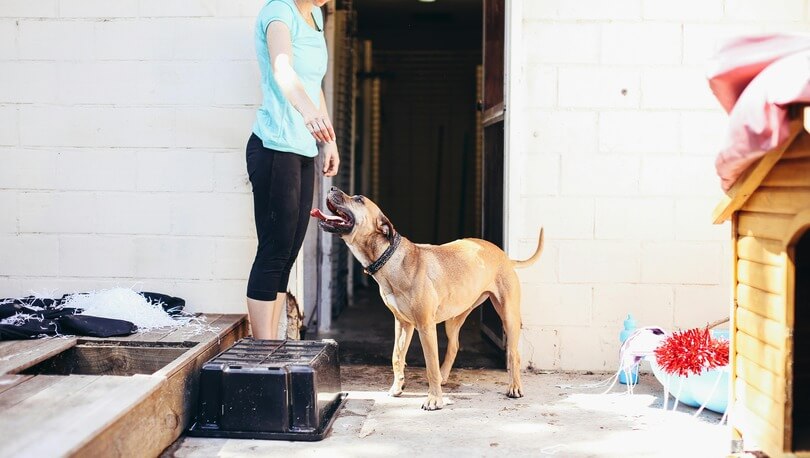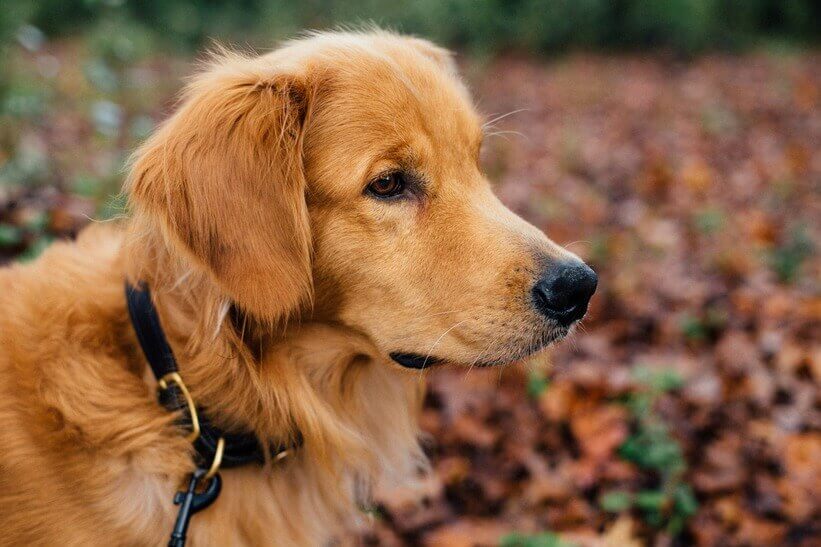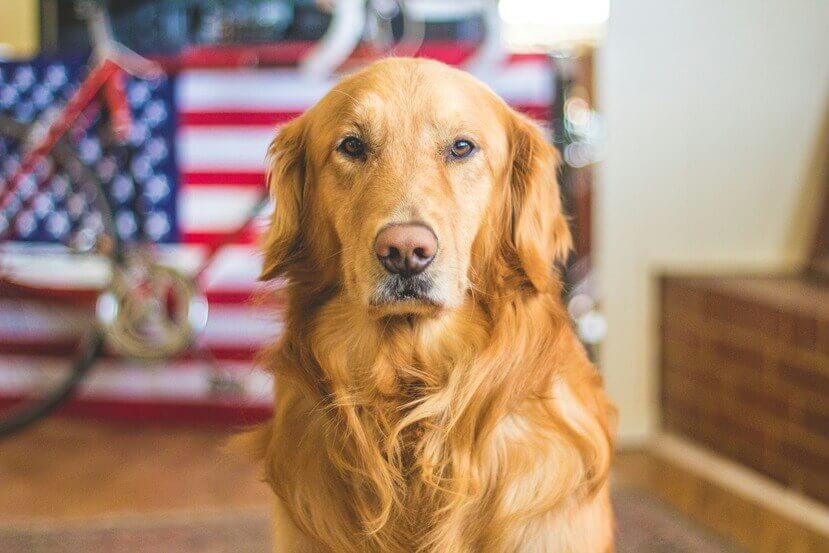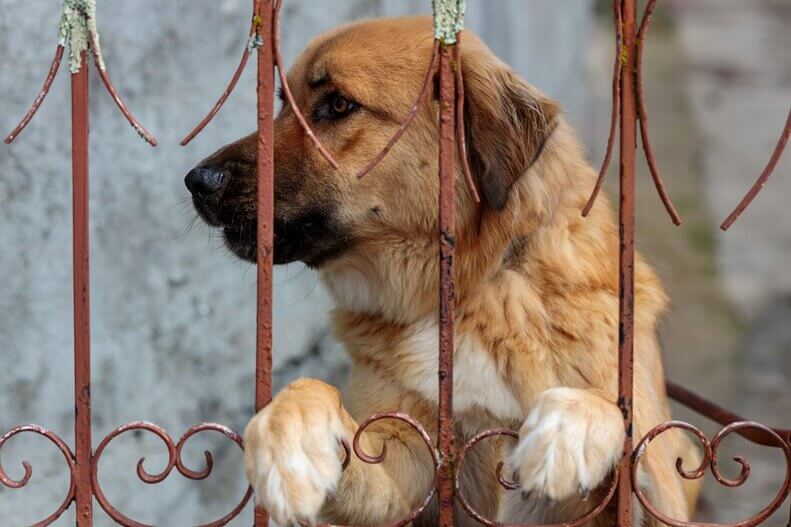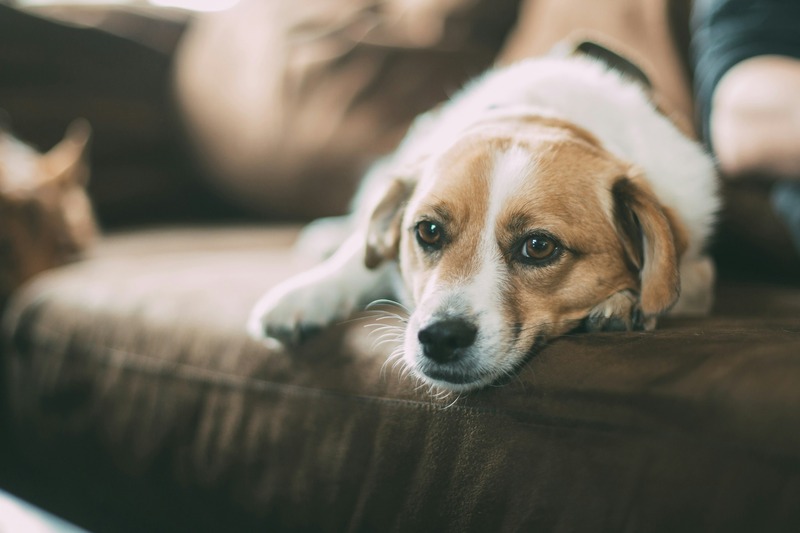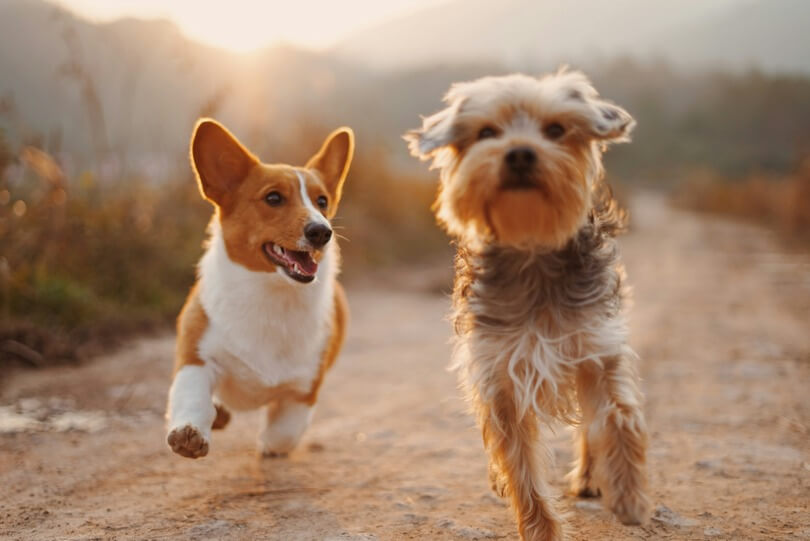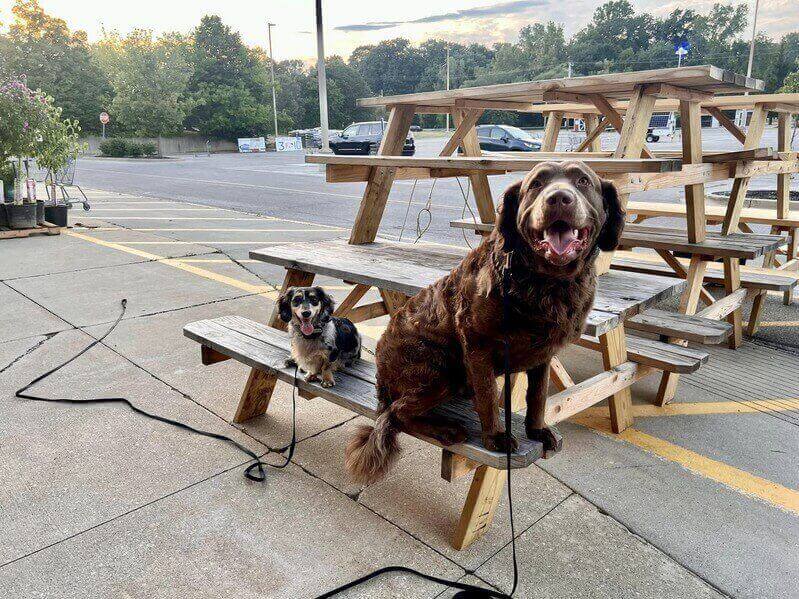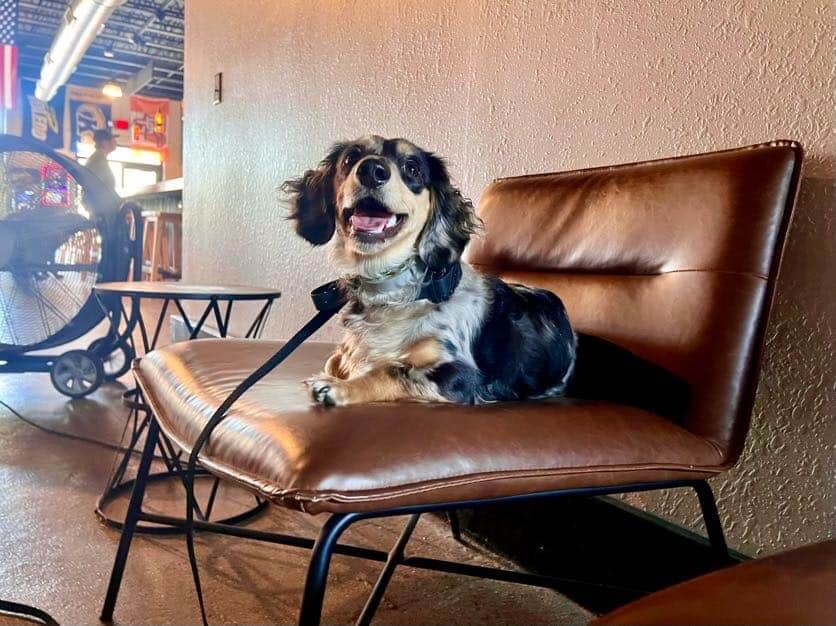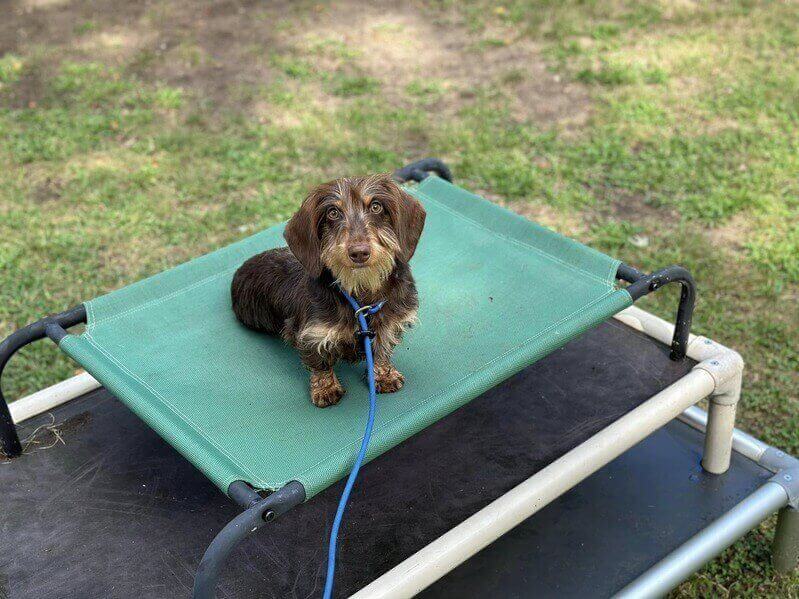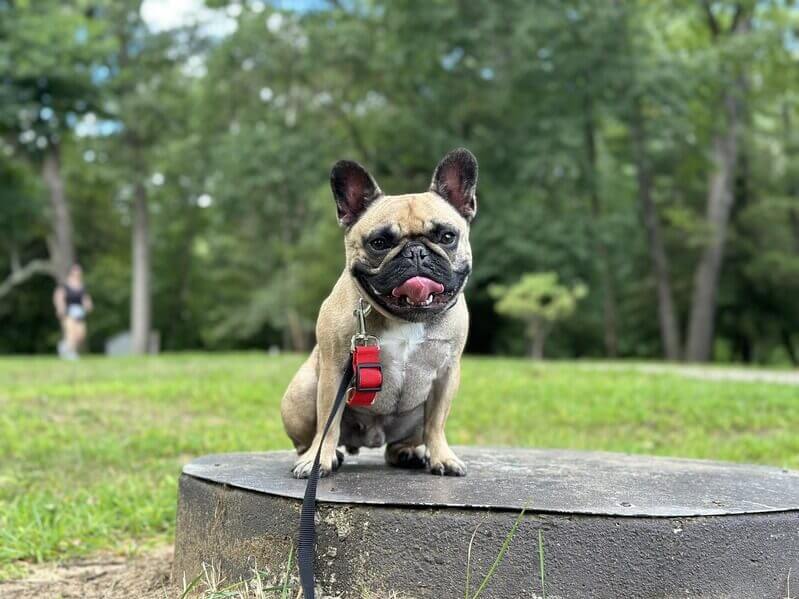How Many Training Sessions Does A Dog Need From Puppy to Pro?
Training a dog is more than just teaching basic commands; it’s a fundamental investment in your pet’s well-being and your relationship. It is one of the most important aspects of responsible pet ownership. It helps build a strong bond between you and your dog while ensuring they grow into a well-behaved and happy companion.
But how many training sessions does a dog need?
The answer depends on several factors, including age, breed, and the skills you want to teach.
The journey from puppy to pro is not a one-time event; it’s a lifelong process that evolves as your dog grows and learns.
This article will guide you through the training journey, answering the question, “How many training sessions does a dog need?” We’ll discuss factors influencing training duration, the stages of training, and what to expect during your dog’s journey.
So, whether you’re a new puppy parent or an experienced dog owner looking to refine your training skills, you’ll know exactly what to expect and how to tailor your training approach to your dog’s specific needs.
Optimal Number of Training Sessions for Your Dog
Determining the ideal number of training sessions for your dog is like finding the perfect recipe – it depends on various ingredients. Let’s explore these factors to create a training plan that suits your dog’s unique needs.
Recommended duration of training sessions
The length of each training session plays an important role in how well your dog learns and retains new skills. While there’s no one-size-fits-all approach, there are general guidelines to follow based on your dog’s age and attention span.
For puppies, shorter sessions are best. As your puppy grows, their ability to focus increases. Ideally, around 10 minutes to 25 minutes of training is enough so they can focus and give all their attention to training. Beyond that, it will become more challenging.
It’s important to watch your dog’s energy and engagement levels during training. If they seem distracted or bored, it’s better to wrap up the session early and try again later. Keeping sessions positive and enjoyable will help your dog stay motivated to learn.
By adjusting the duration of training based on your dog’s age and energy level, you’ll ensure they get the most out of each session while keeping the experience enjoyable.
Factors That Influence the Number of Training Sessions
The number of training sessions your dog needs can vary based on several important factors. Understanding these influences can help you tailor a training plan that works best for your dog.
- Breed and temperament – Working breeds, known for their intelligence and drive, may require fewer sessions to learn commands. On the other hand, companion breeds might benefit from more frequent training to reinforce behaviors.
- Owner’s commitment – A dedicated owner who practices commands regularly can accelerate training.
- Behavioral problems and disabilities – Dogs with specific behavioral issues or disabilities may require more intensive training or specialized techniques.
- Training environment – A quiet, distraction-free setting can be more conducive to focused learning.
- Dog’s age – Puppies are more receptive to training, but old age might affect the pace of learning in older dogs.
- Training goals – The desired level of proficiency will determine the number of sessions needed. Basic obedience might require fewer sessions compared to advanced training or service dog work.
Puppy Training: Laying the Foundation
Puppy training is where it all begins. Puppy training is like building a house – the foundation you lay now will determine the strength and stability of your dog’s future behavior.
This early stage is crucial for teaching basic commands, socializing your puppy, and establishing a positive relationship. The habits and lessons your puppy learns now will shape their behavior as they grow into adulthood.
When to Start: The Right Age for Puppy Training
The best time to start training your puppy is as early as 8 weeks old. At this age, puppies are curious and ready to learn, making it the perfect time to introduce basic commands and set the groundwork for good behavior.
One of the most critical aspects of early puppy training is socialization. Exposing your puppy to different people, animals, and environments helps them grow into a confident, well-adjusted dog. Early socialization reduces the chances of fear or aggression later on, as your puppy learns to feel comfortable in new situations.
Frequency and Duration of Puppy Sessions
When training a puppy, it’s important to keep sessions short and frequent. The ideal training session for a puppy should last about 5-10 minutes.
Puppies have limited attention spans, so trying to train for too long can cause them to lose focus and get frustrated. These brief sessions are perfect for keeping your puppy engaged and excited to learn.
To make the most of your puppy’s learning phase, it’s a good idea to fit in multiple short sessions throughout the day. Repetition helps reinforce commands, and breaking up the training into shorter intervals keeps it fun and manageable for your puppy.
Adolescent Dogs: Reinforcing Good Behavior
As your dog enters adolescence, training shifts to reinforcing the good behaviors they’ve learned as a puppy. During this phase, dogs may test boundaries or become more distracted, so it’s important to stay consistent with your training efforts.
How Many Sessions Are Needed During Adolescence?
During adolescence, your dog is more capable of focusing for longer periods, so it’s a good time to increase both the length and frequency of training sessions. Aim for sessions that last around 15-20 minutes, which gives your dog enough time to practice commands and reinforce good behavior without becoming bored or frustrated.
To keep your dog on track, plan for 3-4 sessions per week. This regular practice helps reinforce what they’ve already learned while introducing new challenges to keep them mentally stimulated.
The Training Challenges of Adolescence
Adolescence, typically between 6 to 18 months, is a challenging time for many dog owners.
During this phase, dogs often test boundaries, pushing limits to see what they can get away with. You might notice behaviors such as ignoring commands, pulling on the leash, or acting out in ways they didn’t as puppies. This is all part of growing up, but it can be frustrating if not addressed.
Some common training challenges during adolescence include:
- Selective listening
- Increased energy levels
- Testing dominance
- Distraction during training
The key to overcoming these challenges is consistent training. Reinforcing commands and maintaining a structured routine will help your dog understand that the rules still apply, even as they grow older.
Adult Dogs: Fine-Tuning Skills
Even as adult dogs, regular training is still essential. While they may have mastered basic commands, ongoing training helps maintain good behavior and keeps them mentally stimulated.
Adult dogs can sometimes fall into bad habits if training isn’t reinforced, so it’s important to continue practicing commands and rules they’ve already learned.
In addition to maintaining good behavior, adult dogs can also benefit from learning new skills as continuing to challenge your dog keeps them sharp and engaged.
In adulthood, it’s also the perfect time to tackle any lingering behavioral problems. Whether your dog struggles with certain commands or needs to learn specialized skills, this stage allows you to fine-tune their behavior.
Working on these skills not only improves your dog’s behavior but also strengthens the bond you share. It’s never too late to teach your dog new things or correct bad habits, making them a better companion for life.
How Many Sessions for an Adult Dog?
For adult dogs, a good training routine typically involves 2-3 sessions per week with a 10-15 minute duration, although some dogs may stay engaged for 20-30 minutes. These sessions help reinforce what they’ve already learned and give them a chance to practice new skills. The length of each session can vary based on your dog’s attention span and focus.
Training a Pro: Specialized or Advanced Training
Advanced training takes your dog’s skills to a professional level, whether they are becoming a service dog, therapy dog, or preparing for competitions. This type of training focuses on specialized skills that require more discipline and precision.
For service dogs, advanced training includes tasks like guiding people with disabilities, retrieving items, or providing emotional support. These dogs need to be highly reliable and responsive in various situations. While therapy dogs are trained to provide comfort in hospitals, schools, or nursing homes. They must be calm, gentle, and well-behaved around different people and environments.
For dogs in competitions like agility, obedience trials, or even scent detection, advanced training hones their focus and sharpens their abilities. These dogs need to perform tasks with accuracy and speed while maintaining focus in high-energy environments.
No matter the specialty, advanced training takes time, patience, and dedication. It’s all about refining your dog’s abilities and helping them reach their full potential as a well-trained pro.
How Long Does It Take to Train a Service or Therapy Dog?
Training a service or therapy dog is a significant time commitment, often taking anywhere from 12 to 18 months. Even after reaching “pro” levels, continual reinforcement is essential.
This is because these dogs need to learn a wide range of specialized tasks and behaviors to help people with disabilities or provide emotional comfort in various environments.
After the service dog or therapy dog has completed their training, their work does not end. Regular practice is still a must so that they stay sharp and can reliably perform the tasks they were trained for. Ongoing training also helps address any new challenges that may come up as the dog ages or as their owner’s needs change.
Overall, while the initial training may take over a year, the journey of keeping a service or therapy dog well-trained is lifelong.
Your Dog’s Journey from Puppy to Pro Begins Now
Just like people, dogs learn and grow throughout their lives, and their training should evolve with them. What works for a playful puppy may need to be adjusted as your dog matures and faces new challenges.
Whether you’re just starting or have been training for a while, remember that every dog is unique and requires a tailored approach based on their age, personality, and specific needs.
Now is the perfect time to start or continue your dog’s training journey. Each session brings you closer to a well-behaved, happy dog, and strengthens the bond between you.
If you’re feeling unsure about how to start or need help getting better results, hiring a professional dog trainer can make all the difference.
A trainer provides personalized advice, tailored to your dog’s unique needs, personality, and learning style. With expert guidance, you can overcome challenges and unlock your dog’s full potential.
Don’t go do it alone — consult with us for professional advice and support. We offer personalized assessments and guidance to help you through every stage of your dog’s training journey.
Whether you’re working on basic skills or tackling more advanced goals, we’re here to help you and your dog succeed.
Let’s take the next step together and ensure your dog becomes the well-behaved companion you’ve always dreamed of!
Reach out today for expert training and support tailored just for you and your beloved companion!

